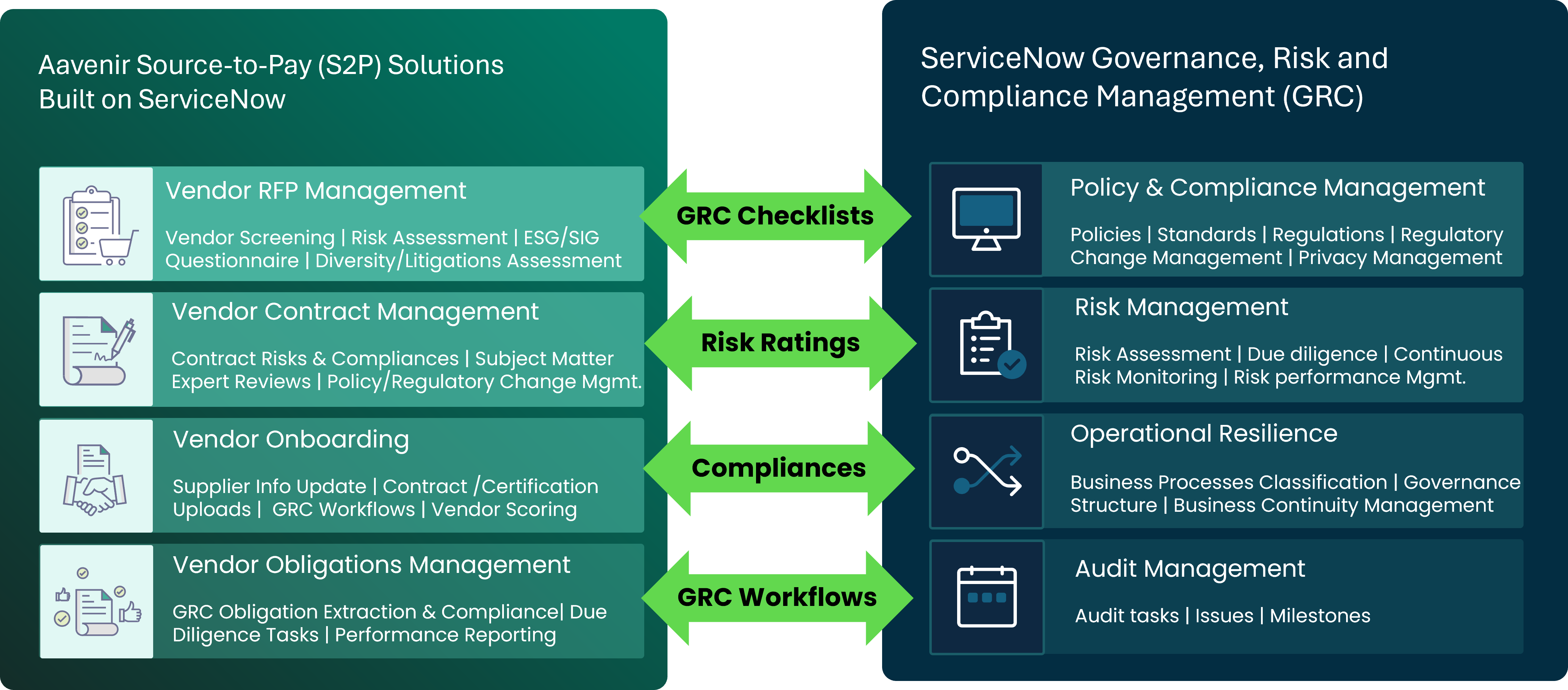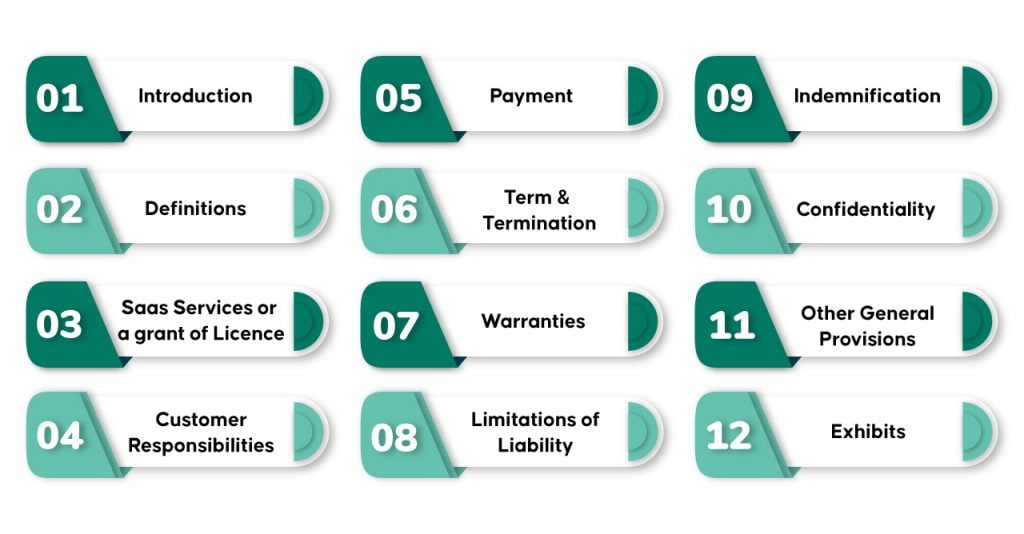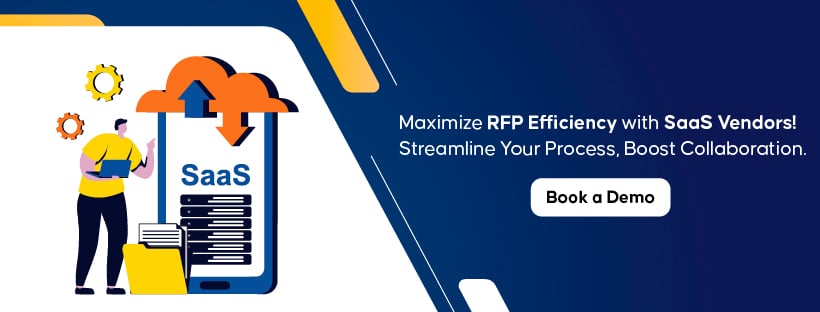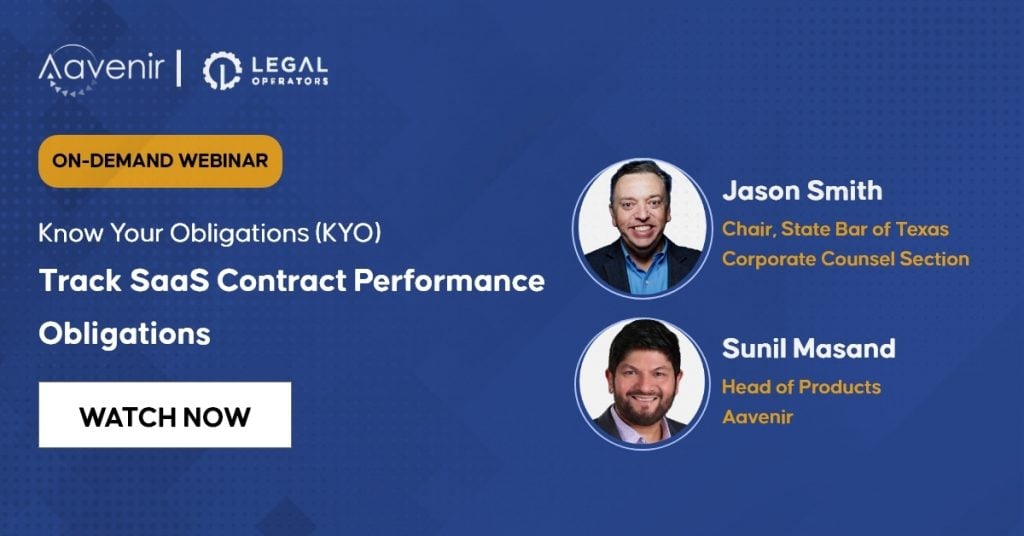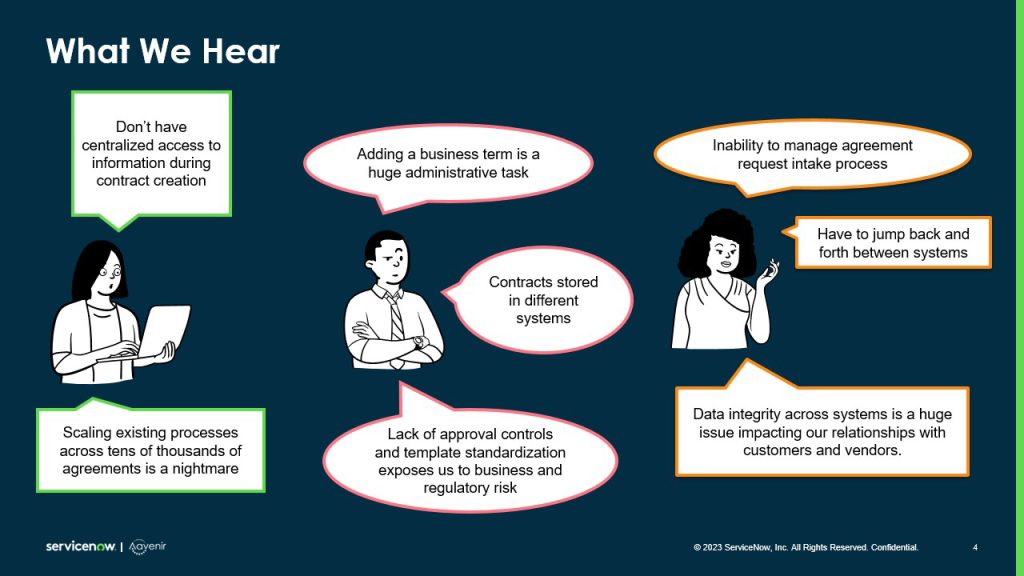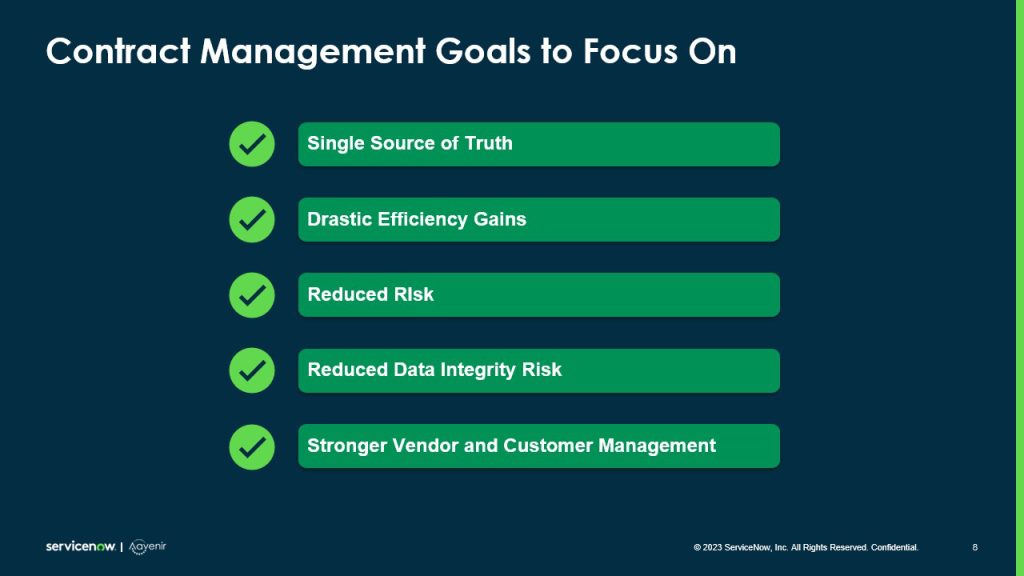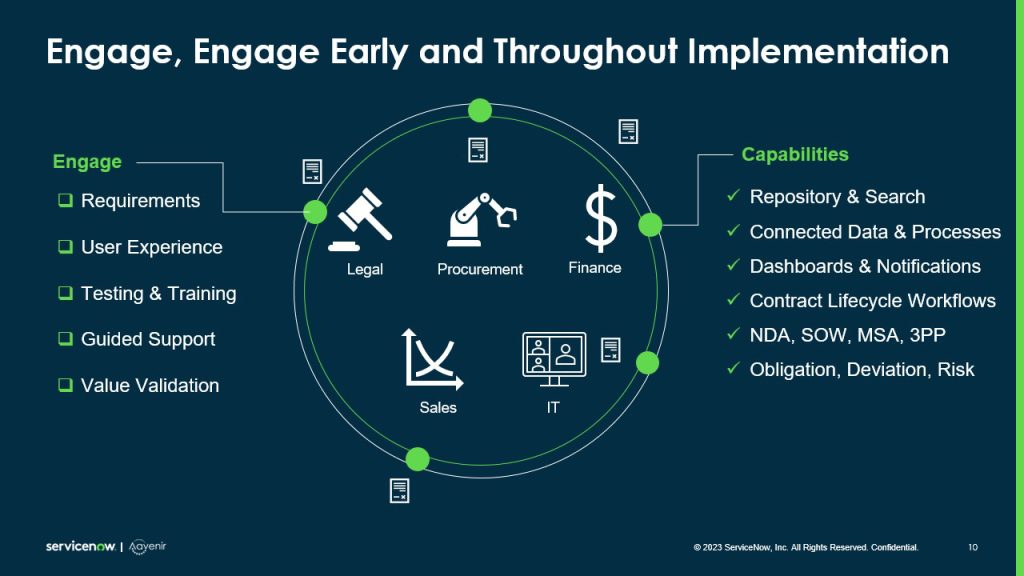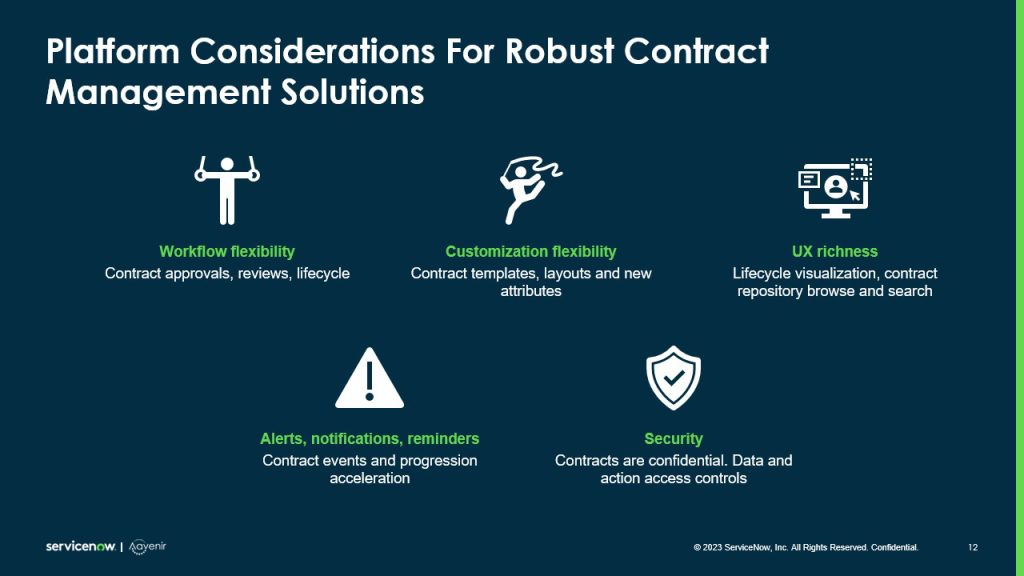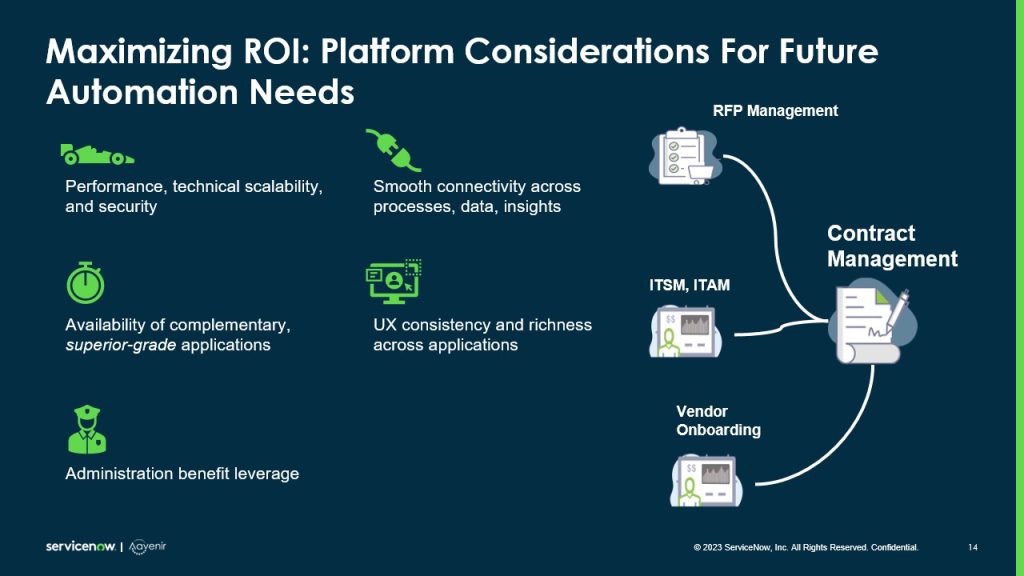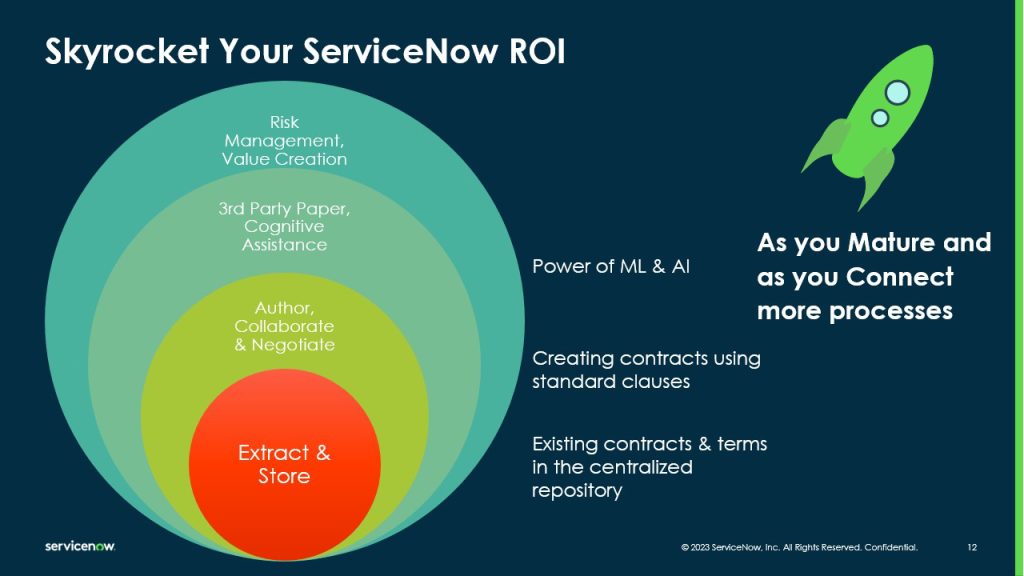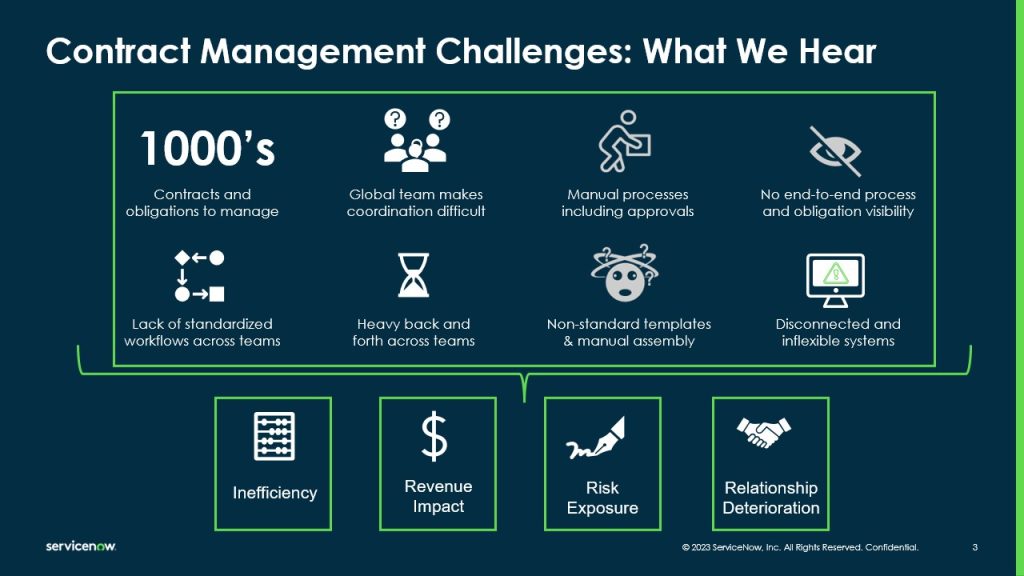Complete IT Contract Renewal and Negotiation Checklist
In today's dynamic IT landscape, staying on top of software licenses, hardware maintenance agreements, and other critical services requires constant vigilance.
IT contracts are the foundation of a company’s relationships with vendors. They define the services provided, pricing, and expectations for both parties. However, simply signing a contract isn't the end of the story. As expiration dates approach, IT departments need a well-defined strategy for renewals and negotiations.
This blog post provides a comprehensive checklist to guide you through the IT contract or renewal process, ensuring you achieve the best possible terms for your organization.
Pre-Renewal Preparation: Be Proactive, Not Reactive
A successful renewal starts long before the contract expires. Here's what you need to do:
- Review Your Existing Contract: Dust off that contract and leverage AI-powered contract analysis tools to become reacquainted with the details. These tools can scan your document and identify key elements like expiration dates, service scope, pricing, and termination clauses. Assess the vendor's performance against these agreed-upon terms. Are they delivering as promised?
- Highlight Potential Disputes: Additionally, look for any ambiguities in the language that could lead to future disputes. AI can go beyond basic identification, analyze the contract language, and highlight sections with potential ambiguities that could lead to future disputes. Many organizations utilize standard library clauses for common contract elements. AI-powered contract management solutions can compare your specific contract against these standard clauses and highlight any deviations. This allows you to identify potential risks associated with non-standard language and ensure your contracts align with established best practices.
- Evaluate Vendor Performance: Has the vendor consistently met Service Level Agreements (SLAs)? Were there any penalties or credit? Have they been responsive to your needs and provided clear communication? Have there been ongoing issues that haven't been adequately addressed? A thorough evaluation will help determine if the current vendor remains the best fit. Also, vendor assessment surveys from internal stakeholders can help identify business problem-solving capabilities and support provided by the existing vendor. This information can be leveraged during negotiations.
Aavenir’s ready-to-use worksheet to evaluate the overall performance of your vendors based on Carter's 10 Cs model. Download the Vendor Evaluation Worksheet now! - Identify Your Needs: The IT landscape is constantly evolving. Have your business needs changed since you first signed the contract? Has the compliance landscape changed with new laws and legislation? Do you require additional services or features to meet your current goals? Perhaps there are opportunities to consolidate services or eliminate unused features, leading to cost savings. You can get answers to all these questions with an efficient Generative AI Assistant tool like Avy AI.
- Research the Market Landscape: Don't get complacent with your current vendor. Take time to research the market. Are there new vendors offering competitive solutions with better features or pricing? Have industry standards or regulations changed that might impact the terms of your existing contract? Knowing your options strengthens your negotiating position.
Renewal Communication and Negotiation: Striking a Win-Win Deal
Once you've completed your pre-renewal preparation, it's time to initiate communication with the vendor.
- Initiate Communication Early: Don't wait until the last minute. Contact the vendor well in advance of the expiration date to express your intent to renew and discuss potential changes to the contract. This demonstrates good faith and allows ample time for negotiation.
- Develop a Negotiation Strategy: Before diving into discussions, formulate a clear strategy outlining your desired outcomes. Do you prioritize better pricing, improved service levels, or a combination of both? Gather data to support your requests, such as industry benchmarks, competitor pricing, or internal usage statistics. Negotiate based on SLAs achieved and vendor performance against key metrics like response time, incident resolution time, support, and more. Be prepared to walk away if the vendor is unwilling to meet your essential requirements.
Key Negotiation Points to Discuss
- Scope of Services: Has your IT environment changed? Do you need to add or remove services? Ensure the renewed contract accurately reflects your current requirements.
- Pricing and Payment Terms: Negotiate pricing that aligns with the current market value and reflects your actual usage. Consider alternative payment structures, such as volume discounts or tiered pricing models, if they benefit your organization.
- Service Level Agreements (SLAs): Clearly define performance expectations with measurable metrics and consequences for non-compliance. If existing SLAs haven't been met, negotiate for stronger guarantees.
- Termination Clauses: Review and, if necessary, renegotiate termination clauses to ensure they provide flexibility for both parties in case circumstances change.
- Security Provisions: With the ever-increasing threat landscape, ensure the contract outlines robust security measures to protect your data.
Finalizing the Agreement: Dotting the I's and Crossing the T's
Once you and the vendor reach an agreement, there are a few final steps to solidify the renewed partnership.
- Review and Refine Contract Terms: Don't rely solely on memory. Carefully review the revised contract to ensure all agreed-upon changes are accurately reflected Leverage AI to check for deviation against pre-approved library clauses and potential risks and ambiguities against the compliance checklist and recommendations from GRC.
- Finalize and Sign the Contract: Once you're satisfied with the final document, it's time for signatures. Clearly communicate the effective date of the renewed agreement and maintain copies of all signed documents for your records.
Not sure What, When, and How? Download our contract renewal checklist to ensure efficient compliance and implementation.
Conclusion: A Proactive Approach Pays Off
IT contracts, or IT MSA renewals, are not just about administrative tasks. By taking a proactive approach, you can leverage the renewal process to optimize your IT infrastructure, secure better pricing and service levels, and strengthen your relationship with key vendors. This checklist provides a roadmap for navigating the renewal process successfully. Remember, a well-planned strategy and clear communication are essential for navigating the renewal process successfully.
Don't Just Renew, Reimagine Your IT Contracts!
Don't settle for the status quo when it comes to IT contract renewals. Aavenir Contractflow, powered by AI, can transform your entire contract management experience.
Schedule a Demo of Aavenir Contractflow Today
Here's what you'll gain:
- Effortless Automation: Streamline contract creation, review, approval, and renewal processes with AI-powered automation.
- Boosted Productivity: Free your team from tedious tasks and empower them to focus on strategic initiatives.
- Reduced Risks: Mitigate risks with automated contract analysis that identifies potential issues and ensures compliance.
Connect with Team Aavenir and discover how AI can revolutionize your IT contract management.
